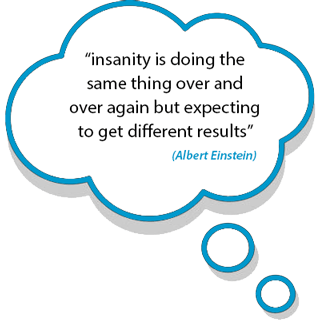Learning Styles
Traditional theorists in learning postulate that all people learn differently and all people process differently. In the past there has been much credence given to identifying whether a student was a visual, auditory or kinaesthetic learner. Learning4Learning recognises that all people are able to process in all three ways in different situations, however the visual part of the brain is quite superior.
All students can learn to process visually.
Visual Processors:
- Pay more attention
- Learn Faster
- Can see the whole picture
- Can make links easily with prior learning
- Tend to do very well on written tests

Auditory Learners
Auditory Learners try to remember what they hear. They enjoy listening to interviews or lectures. They learn by reading out loud and re-reading. They tend to repeat things over and over again and often record themselves on tape to listen. They like to explain topics to someone else and enjoy debates or lengthy discussions. Auditory learners often have to learn and re-learn information.
Kinaesthetic Learners
Kinaesthetic Learners are hands on learners. They enjoy writing and re-writing notes, quotes or poems. They enjoy getting actively involved in the learning situation for example carrying out an experiment, acting out a situation, going on field trips.
Which style is most effective for learning?
Much of the brain is dedicated to visual processing and long-term memory is mainly visual. (See Improving Long-Term Memory). Therefore developing a visual style of learning can result in students being able to process faster, better able to recall information and as a result spend less time studying.
During the 10 step online Learning4Learning™ program all students are coached on developing their visual memory. Using these visual techniques for learning, all students will immediately experience the benefits of learning faster and improved recall of information.
